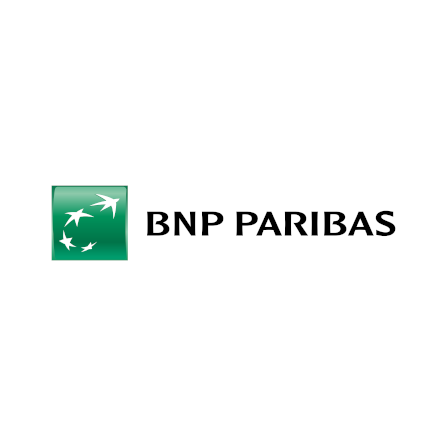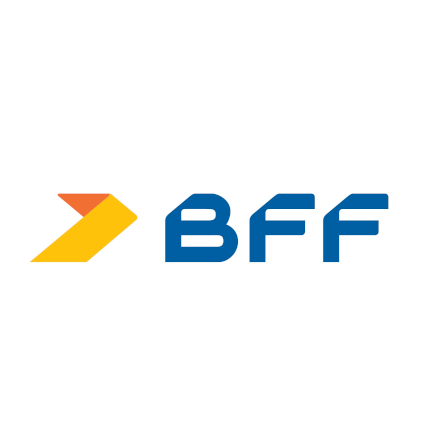Am I affected?
Untouchable parts
of the system
Due to the lack of system quality, the delivery team is afraid to introduce modifications to the system and blocks your ideas.
Loss
of productivity
Each change, even a relatively simple one, takes a long time - weeks or months.
Rising
maintenance costs
Your IT teams spend more of their time maintaining the codebase, rather than developing new services or features.
User
complaints
Your end users or customers complained that competitors have faster, friendlier systems for them to use.
Manual
testing
Most of the system is tested manually, which requires an army of testers, increases costs and delays deployment of changes.
Difficulties in retention
& recruitment
It becomes harder to find talented technology specialists and keep them in a company.
Failure to modernize
You have tried to modernize your system before, but it ended in failure.
Sounds familiar?
If just one of these points hit home, then it’s a good time to look at a different, evolutionary approach and begin making improvements
right now! – Meet ELSAF framework.
The Evolutionary
Legacy System
Architecture Framework
ELSAF, developed by ITSG Global, is a comprehensive framework designed to incrementally upgrade legacy systems towards modern architectures. It is very much a phase-by-phase approach to get the most value out of targeting specific areas of the codebase that need investigation and remediation.
It is the digital adaptation of the
physical Lean Manufacturing
process based on
4 key pillars:
1.
Evolutionary
architecture
Incremental changes on architectural level towards modularity and loosely-coupled architectures based on business capabilities.
2.
Testable
architecture
Iterative, continuous process of increasing system testability and automatability. Test automation treated as first-class citizen of the system.
3.
Evolutionary
code
Incremental, continuous code refactoring resulting in constant improvement of the system along with the delivery of new functionalities.
4.
Living
documentation
Automated, always up-to-date documentation that forms the bridge and common dialogue between IT development teams and non-technical business stakeholders, in terms of knowing how the system works.
Benefits:
Why Legacy Transformation?
It’s important to understand your business drivers for modernizing a legacy codebase.
By working with our legacy modernization teams, your business will be able to:
Cut IT spend and software development costs
Improve developer experiences
Adapt quickly to market shifts
Expand to new markets
Focus on growing business over maintaining
Improve time-to-market
Become more competitive
Eliminate regression
Enhance customer experiences
Moreover, using external experts leads to additional benefits that include:
Increased operational efficiency
Reduced hiring costs
Better employer branding and lower specialist rotation
Repositioning specialists from low-value tasks to essential tasks
Meeting compliance, security and regulation standards
| Area | Before | After |
|---|---|---|
| Implementation time of the new functionality | weeks, months | hours, days |
| Time to release new functionality | months, years | minutes, hours |
| Main cost activity | maintenance | development |
| System quality | unreliable, slow, unstructured | reliable, efficient, modularized |
| Number of manual tests and QA staff needed | very high | low |
| Frequency of finding defects | often | rarely |
| Documentation | outdated | always up to date |
| Developer experience | low, unappealing | high, attract talents |
| Team organization | Low cooperation, siloed teams, organized round technical concerns | High cooperation, cross-functional teams, organized around business capabilities |
| Business support | inhibits innovation | enables innovation |
| Area | Implementation time of the new functionality |
|---|---|
| Before | weeks, months |
| After | hours, days |
| Area | Time to release new functionality |
| Before | months, years |
| After | minutes, hours |
| Area | Main cost activity |
| Before | maintenance |
| After | development |
| Area | System quality |
| Before | unreliable, slow, unstructured |
| After | reliable, efficient, modularized |
| Area | Number of manual tests and QA staff needed |
| Before | very high |
| After | low |
| Area | Frequency of finding defects |
| Before | often |
| After | rarely |
| Area | Documentation |
| Before | outdated |
| After | always up to date |
| Area | Developer experience |
| Before | low, unappealing |
| After | high, attract talents |
| Area | Team organization |
| Before | Low cooperation, siloed teams, organized round technical concerns |
| After | High cooperation, cross-functional teams, organized around business capabilities |
| Area | Business support |
| Before | inhibits innovation |
| After | enables innovation |
Sign Up For a Free IT Consultation
with ITSG Global
- Get a FREE 12-hour free analysis that will look at your drivers for modernizing and introduce key actions to take using our ELSAF framework.
- Discover how ELSAF framework can incrementally modernize your application without breaking anything during transformation.
- Get personalized vision and high level roadmap including best tools and strategies to maximize your outcome.
- See real-world examples of how an external software partner can add value to your legacy modernization projects.
- Speak to leading tech & business consultants with over 20 years of experience in delivering digital products and services to clients.
If you want to see how it works, take a look at our quick guide on how to deal with Legacy Systems Modernization.
ORDER FREE QUOTE
If you have any questions on how our
ELSAF framework can help your business
grow – feel free to contact us.
We’ll write you back as soon as possible!



